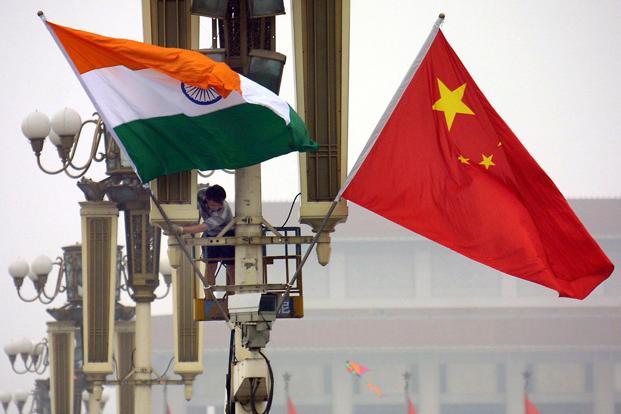
The world’s largest consumer of mobile phones and laptops is introducing stricter import controls on the products as it seeks to boost domestic production under its flagship ‘Make in India’ initiative. This will raise costs for Chinese suppliers and manufacturers, potentially making some products uncompetitive. The new rules are also a further step in the government’s anti-corruption and anti-monopoly drive. In the semiconductor sector, a vital driver of the country’s technology industry, crony capitalism and corruption have been widespread. The sector is highly capital-intensive, which makes it particularly vulnerable to corruption and monopoly.
While the measures have not explicitly aimed at China, more than half of India’s roughly $10 billion annual imports of personal computers and tablets are Chinese-made. Relations between the countries had deteriorated since mid-2020 when Chinese and Indian troops clashed on their disputed Himalayan frontier, and 24 people were killed.
On Thursday, the Indian government announced a licensing requirement for imports of laptops, tablets, and personal computers. The rule would require companies to have a valid license to import these devices and allow them only to be sold through approved retail outlets in the country. The announcement surprised the industry and prompted concerns that it could disrupt supplies when stocks are being built up ahead of the festive season.
The new measures come after investments and policy setbacks for Chinese firms in India. In April, the Indian financial crime agency froze $670 million of Xiaomi’s bank assets, citing allegations that the Chinese smartphone maker illegally sent money to foreign entities under the guise of royalties. The company denied the claims. Last year, Chinese automaker Great Wall Motor shelved plans for a $1 billion joint venture in India after facing regulatory scrutiny.
In 2022, the Indian government introduced new investment vetting rules that subjected proposals from companies in neighboring China to additional screening and security clearances. This has resulted in billions of dollars worth of proposed investments becoming stuck in the approval process over the past three years.
Analysts say the latest moves may be part of a larger plan by the Indian government to cut trade imbalances with China. The country’s trade deficit with Beijing is more than $52 billion annually.
The Trump administration has also recently imposed fresh tariffs on Chinese goods valued at around $34 billion, prompting China to retaliate with a reprisal of more than five hundred U.S. products. Analysts expect the two sides to continue escalating their confrontations, which could lead to global market turmoil. The latest round of tariffs has raised concerns over the possibility of a trade war between the world’s two largest economies. The United States and its allies believe Beijing is unfairly taking advantage of global free-trade rules to gain an unfair competitive edge. Beijing has dismissed the allegations as “trade bullying.”
